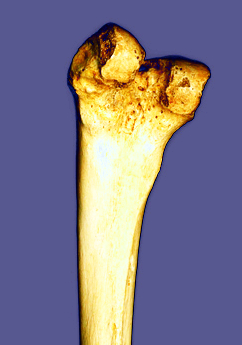Bone link drives cancer scan
 A quick and easy scan could reveal late-life dementia risk.
A quick and easy scan could reveal late-life dementia risk.
Late-life dementia is becoming increasingly common in people after 80 years of age. The condition develops when brain cells are damaged from several diseases, some of which cause narrowing of the blood vessels to the brain.
A new long-term study has shown a scan can reveal if people are at increased risk of developing the condition late in life.
Edith Cowan University (ECU) researchers have discovered an important link between vascular health and late-life dementia - calcification of the plaques which can build up within the abdominal aorta, which is the largest artery in the body and supplies oxygenated blood from the heart to the abdominal organs and lower limbs.
This calcium build up - known as ‘abdominal aortic calcification’, or AAC - can be very useful to predict cardiovascular disease risk such as heart attack and stroke. But researchers have now found it is also a reliable marker for late-life dementia.
Conveniently, AAC can be easily detected using lateral spine scans from bone density machines.
These machines are common, with some 600,000 bone density tests performed each year in Australia to screen for osteoporosis.
One in two older women in a long-term Australian study showed medium to high levels of AAC, and these women were twice as likely to be hospitalised or die from a late-life dementia - independent of other cardiovascular factors or genetic factors.
Researcher Dr Simon Laws says AAC could identify dementia risk earlier in people’s life, which could prove vital in warding off the condition.
“There’s an adage in dementia research that what’s good for your heart is good for your brain,” he said.
“This study reaffirms this link and further adds to our understanding of late-onset dementia risk and potential preventative strategies.
“What’s come to light is the importance of modifying risk factors such as diet and physical activity in preventing dementia: you need to intervene early and hopefully this study allows for the earliest possible change and the greatest impact.
“AAC is important as it was able to identify dementia risk in people who don’t have the major genetic risk factor present in 50 per cent of people who develop Alzheimer’s disease, which is the most common form of dementia.”







 Print
Print